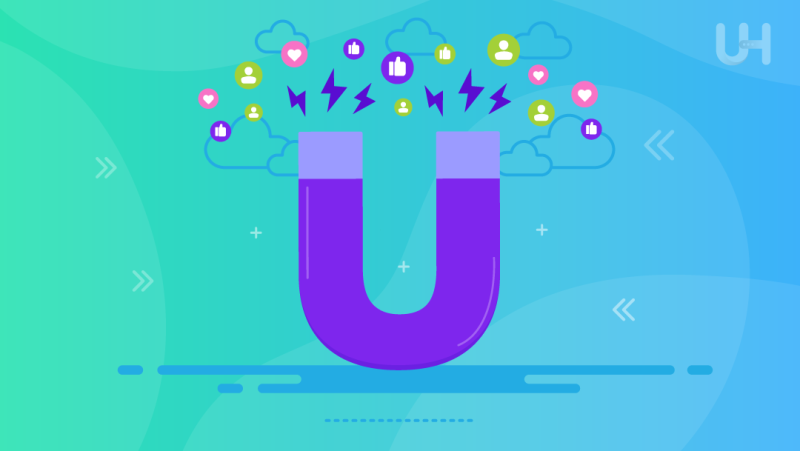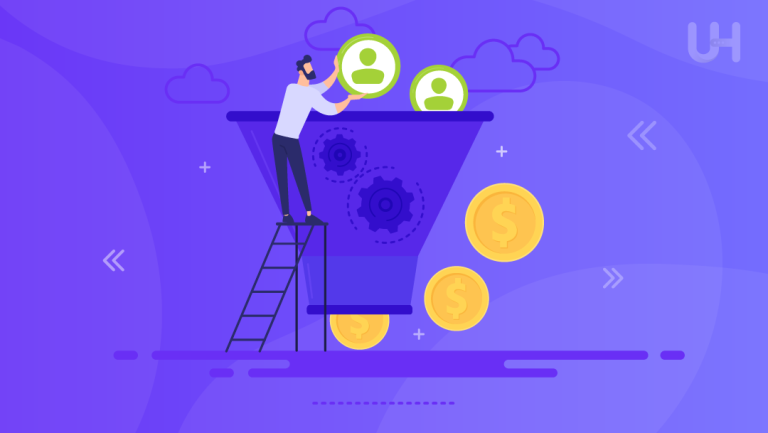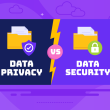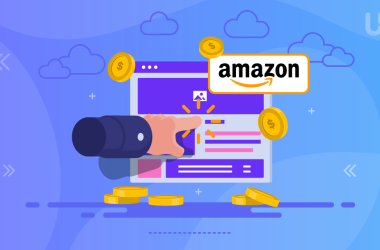Outbound marketing methodologies are no longer sustainable for capturing the interests of your targeted consumers. With the use of advancing technology becoming increasingly common, companies are starting to adopt inbound marketing strategies to attract and retain customers. This even helps grow the customer base. But what corresponds to the concept of inbound marketing, and how does it vary from the admission of traditional outbound methodologies?
In this article, we discuss the mystery underlying inbound marketing, the strategic plans, the opportunities provided to firms of all masses, and also the real-life examples that the action provides to give it adequate coverage.
What is Inbound Marketing?
Inbound marketing is a strategy where companies attract potential customers by creating their own content. Instead of actively seeking attention, this approach allows consumers to engage with the company on their own terms. It makes it easier for people already searching online for products and services to find a company’s offerings. The term “inbound marketing” was coined by HubSpot in 2005.
Some of the Inbound marketing examples include but are not limited to the following:
- Blog posts
- Ebooks
- Webinars
- Social media content
- Videos
- Infographics
- Whitepapers
- News articles
- Research papers
- Landing pages
- Case studies
- User-generated content
While many aim to handle all aspects of marketing, including graphic design, website development, content creation, and social media strategies management, outsourcing these tasks or utilizing marketing automation can optimize the time management of these activities while still leveraging the advantages of inbound marketing efforts.
Inbound Marketing Strategy

On the basis of the four stages of the inbound marketing methodology- attract, engage, close, and delight- the inbound marketing funnel is created.
Attract
The first stage is about the primary attraction of the right audience at the right time. This is to be done via content like videos, blogs, and others. This stage content allows you to solve the problems and needs of your audience. Develop and publish content that is valuable for your audience. Another thing is an SEO strategy that identifies the right high-volume keywords and phrases related to your brand, products, and audience searches. Thirdly, always post on social media to increase audience and client engagement.
Engage
The second stage of the inbound marketing journey involves keeping your audience engaged and gradually making it more rewarding for them to further engage with you by tackling their problems and desires. This can be done by upgrading your product catalogs to boost conversions, using gated content to improve reader interaction, and regularly developing your email list via well-timed newsletter marketing. Continuing to add positive elements and authentic interactions builds the foundation for enhanced engagement and authentic connections with your audience.
Close
The next step after getting a follow-up from the target audience involves a “close” and requires the use of various techniques, including email marketing trends, to compel prospective customers to make the final move. The “close” stage involves email marketing with email automation tools, which help simplify the buying process. Email communication aims to establish a warm relationship with clients, allowing your customers to trust their decision to buy the ideal product. Moreover, with the best email hosting, email marketing enables one to attract and engage the right leads who become loyal and committed to your brand. Using such approaches allows the business to guide its target audience throughout the buying process, thus strategizing successful sales.
Delight
Finally, after the purchase, delight guarantees the customer’s content and success through surveys, reviews, and tutorials, ensuring brand promotion. Survey customers frequently after purchase to show them how important their opinion is. Use analytic tools and social listening to ensure the effectiveness of the approaches and make essential adjustments.
An effective inbound marketing funnel requires a marketer to conduct thorough market research to understand their audience’s needs and preferences. From there, it is necessary to create buyer personas. These are detailed characterizations of your perfect customers based on market research, data, and often a bit of conjecture and imagination. Furthermore, they help create content and offers that resonate and truly motivate your potential customers.
Supercharge Inbound Marketing With Ideal Hosting!
Ready to streamline your email communication? UltaHost’s specialized email hosting services are tailored to meet your business needs. Host your business email on a secure, privacy-guaranteed, and promote your site with every message you send.
Benefits of Inbound Marketing
The advantages of inbound marketing to an organization include the following:
Lower Advertising Costs
Inbound marketing is less expensive than outbound techniques, which seem to be more intrusive, such as cold-calling or cold-emailing, direct mailing, and TV or radio advertisements used to reach out to potential leads. Many content-sharing platforms, including Facebook, Twitter, YouTube, and various blogging sites, are available at no cost, cutting costs significantly.
Small Businesses Can Compete
The accessibility of inbound marketing means that it allows small businesses to compete with larger rivals for online leads. Rather than requiring a considerable investment in advertising, certain promotional expenses may be replaced by SEO approaches to increase content visibility on search engines and other B2C sites.
Word-of-mouth Advertising
Although companies on some social media platforms actively promote inbound marketing content, word-of-mouth sharing is one of the ways that such content gains steam. As a result, this material will continue to put its imprint on prospective customers in several channels. As a brand’s access to social media grows, leads who discover older content can be transformed into new ones without the need for new content. Indeed, inbound marketing functions to attain leads, whereas customers by source often suggest it and demonstrate what that indicates when it comes to effectively marketing a new enterprise.
Customer Feedback
Inbound marketing allows for the easy collection of feedback from customer comments and conversations started by leads on social media. Customers can leave a comment on your product’s blog post and direct them to your social networks. You can leverage a self-hosted CRM to manage your client’s relationship. This feedback can be used to improve their products, services, and content marketing strategy.
Inbound Marketing Examples
Now that you have become familiar with the working aspects of inbound marketing, let’s take the following examples to get inspiration from the leaders of the industry and the brands on how to utilize the practice in your campaign.
Cisco Healthcare – Blog
When it comes to blogs, Cisco Healthcare is an excellent example of inbound marketing. Cisco creates such blogs and regularly discusses a variety of healthcare topics, which specialists usually write. They often strive to provide expert, informative, and evergreen content, dividing the articles with links and noting whether they lead to or return to the Cisco healthcare policy.
Regarding social media, here is an unusual example of how the occasional can become viral through the theory of the inbound campaign. The campaign by the classic breakfast company Weetabix went viral when it started pairing the cereal with baked beans on Twitter. Under the tagline, “Why should bread have all the fun, when there’s. Weetabix?” in a multi-channel campaign, Weetabix commented on people’s posts and caused discussion and debate on their beef. The campaign sparked engagement from followers and other brands, making people talk and discuss Weetabix while also creating brand traction using the inbound theory.
Conclusion
Inbound marketing is highly effective in the digital age. Focused on delivering valuable content and creating an adequate relationship with the customer, it secures the attraction and retention of the target segment. The target market segments are effectively educated through their buying process stages via the attraction, engagement, closing, and delight processes. The inbound strategy is exemplified by such cases as Cisco Healthcare and Weetabix, where ingenuity sparked the audiences’ interests. Besides allowing for the creation of genuine relationships with the customer, it also helps to realize it on a crowded marketing battlefield.
Try out UltaHost’s Website Builder, where you can easily create a captivating online platform to complement your inbound marketing efforts. A professionally tailored website will effectively engage your audience. Retain your users with flawless functions and amazing looks.
FAQ
Why is inbound marketing popular?
Inbound marketing’s popularity stems from its ability to attract and retain customers through valuable content and personalized interactions, aligning with modern consumer preferences.
How does inbound marketing help businesses stand out?
Inbound marketing sets businesses apart by offering tailored solutions and building trust through valuable content, helping them stand out in competitive markets.
Can all businesses benefit from inbound marketing?
Yes, inbound marketing benefits businesses of all sizes by providing cost-effective strategies to reach and engage target audiences, regardless of their scale.
Why is customer feedback important in inbound marketing?
Customer feedback guides improvements in products, services, and content, enhancing customer satisfaction and refining inbound marketing strategies.
How do businesses measure inbound marketing success?
Success is measured through metrics like website traffic, lead generation, conversion rates, and customer engagement, allowing for data-driven optimizations.











